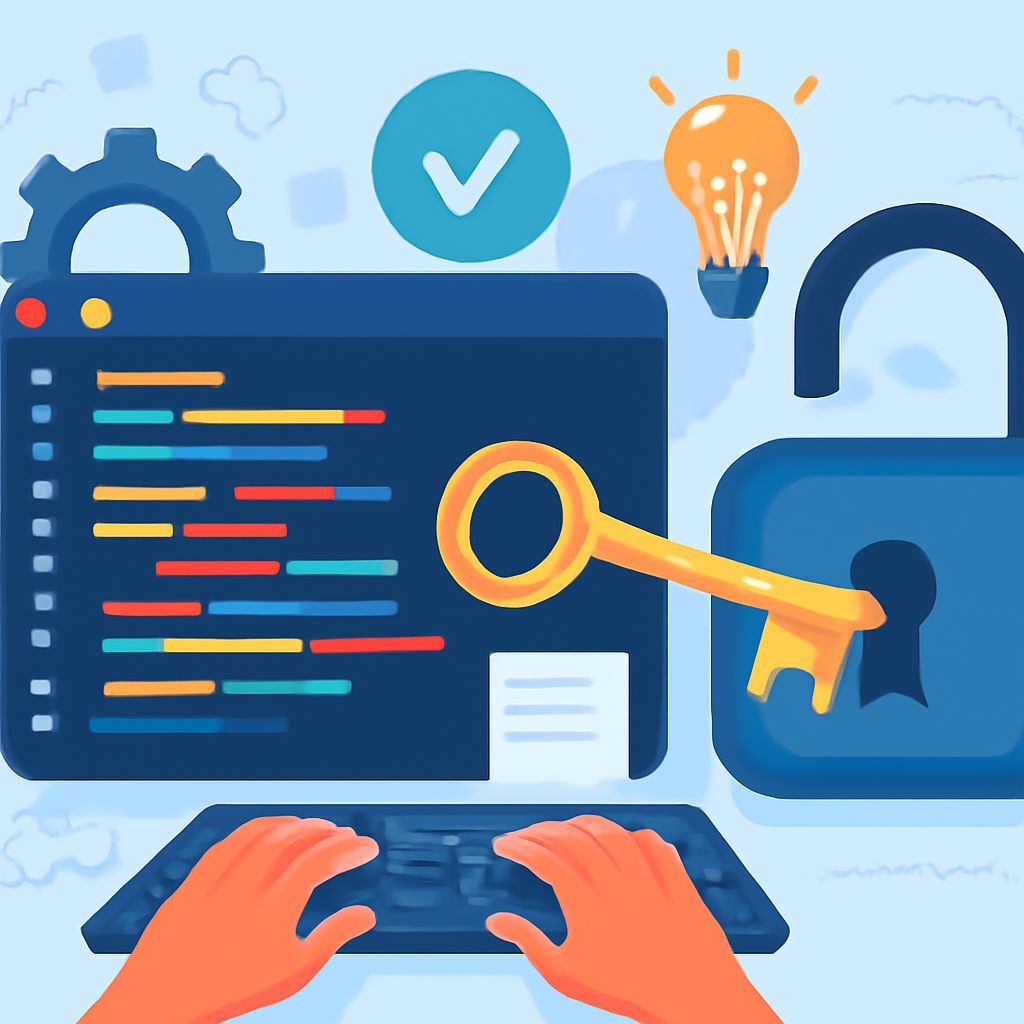Unlocking Clean Code: Pro Tips for Efficient Coding
Discover expert tips for writing clean code that enhances efficiency and maintainability, making your programming projects more successful.

Table of Contents
Introduction
Writing clean code is essential for any software developer, regardless of their experience level. Clean code enhances readability, maintainability, and reduces the likelihood of bugs. It’s a concept that not only makes life easier for the original author but also for anyone who might have to read or work on that code in the future. In this article, we will explore some proven strategies and best practices to help you unlock the secrets of clean and efficient coding.
Understanding the Importance of Clean Code
Before diving into the tips, it’s important to understand why clean code is critical:
- Readability: Code that is easy to read and understand can reduce the time it takes to train new developers and cut down the time required for maintenance.
- Maintainability: Clean code is easier to modify and extend. This is particularly important in agile environments where requirements frequently change.
- Collaboration: In team settings, clean code allows multiple developers to work on the same project without stepping on each other’s toes.
- Debugging and Testing: Well-structured code facilitates easier testing and debugging, which leads to fewer errors and lower overall costs.
Key Principles of Clean Code
1. Follow Naming Conventions
Choosing the right names for variables, functions, and classes is crucial. Naming should be descriptive and unambiguous. Here are some tips:
- Use clear and descriptive names.
- Avoid abbreviations.
- Maintain consistency in naming conventions throughout the codebase.
2. Keep Functions Small
Functions should do one thing and do it well. A small function is easier to understand and test. Here are some guidelines:
- Avoid long functions; ideally, a function should fit on a single screen.
- Limit the number of parameters; aim for less than three.
- Use descriptive names for the function to clarify its intent.
3. Use Comments Wisely
Comments are a double-edged sword. They can be helpful but can also clutter your code if overused. Here’s how to use comments effectively:
- Comment on the why, not the what. Explain the reasoning behind a solution, rather than stating what the code does.
- Keep comments up to date. Outdated comments can be more harmful than no comments at all.
- Use comments to clarify complex logic rather than to compensate for poorly written code.
4. Organize Your Code
Well-organized code enhances readability and functionality. Here’s how to achieve a clean structure:
- Group related functions and classes together.
- Use proper indentation and spacing to separate logical blocks of code.
- Maintain a consistent file structure across your project.
5. Embrace the DRY Principle
DRY stands for “Don’t Repeat Yourself.” Redundant code can lead to inconsistencies and bugs. Here’s how to apply this principle:
- Refactor common code into functions or classes.
- Use design patterns where applicable to avoid duplication.
- Keep your codebase modular, allowing for easy reuse of components.
Advanced Techniques for Clean Code
1. Test-Driven Development (TDD)
Test-Driven Development helps ensure that your code is robust and clean from the outset. The TDD process involves:
- Writing a failing test before writing the code to pass the test.
- Writing the minimum amount of code necessary to make the test pass.
- Refactoring the code while ensuring all tests continue to pass.
2. Code Reviews
Code reviews are an invaluable tool for maintaining code quality. Implementing peer reviews can lead to:
- Knowledge sharing among team members.
- Identification of potential issues early in the development process.
- Improved coding standards through constructive criticism.
3. Use Tools and Linters
Various tools can assist in writing clean code and maintaining its quality:
- Linters can help identify style violations and potential bugs.
- Code formatters enforce consistency in code style.
- Static analysis tools can detect potential issues before the code is run.
Common Pitfalls to Avoid
1. Over-Commenting
While comments can improve code readability, too much commentary can clutter your code and make it harder to navigate. Avoid:
- Commenting on obvious code behavior.
- Leaving large blocks of comments that aren’t directly relevant.
- Using comments as a substitute for clean code.
2. Neglecting Refactoring
As code evolves, it often becomes messy. Regularly revisiting and refactoring your code is essential:
- Set aside time in your development cycle specifically for refactoring.
- Avoid the temptation to keep adding features without maintaining code quality.
- Be proactive in cleaning up code that you or others have written.
Conclusion
Unlocking the secrets of clean code takes time and practice, but the benefits are well worth the effort. By following best practices, adopting advanced techniques, and avoiding common pitfalls, you can significantly improve the quality of your code. Clean code is not just a preference; it’s a necessity for anyone serious about software development. Start implementing these tips today, and watch your coding efficiency soar!
FAQ
What is clean code?
Clean code refers to code that is easy to read, understand, and maintain, following best practices and coding standards.
Why is clean code important in software development?
Clean code improves collaboration among developers, reduces bugs, and makes future modifications easier, ultimately leading to better software quality.
What are some key principles of writing clean code?
Key principles include meaningful naming, consistent formatting, keeping functions small, and writing comments where necessary.
How can I improve my coding efficiency?
You can improve coding efficiency by using code reviews, adhering to design patterns, and leveraging automated testing tools.
What tools can help ensure clean code?
Tools such as linters, code formatters, and static analysis tools can help enforce clean coding standards and identify potential issues.
Is clean code a one-time effort or an ongoing practice?
Clean code is an ongoing practice that requires continuous effort to maintain and improve throughout the software development lifecycle.
